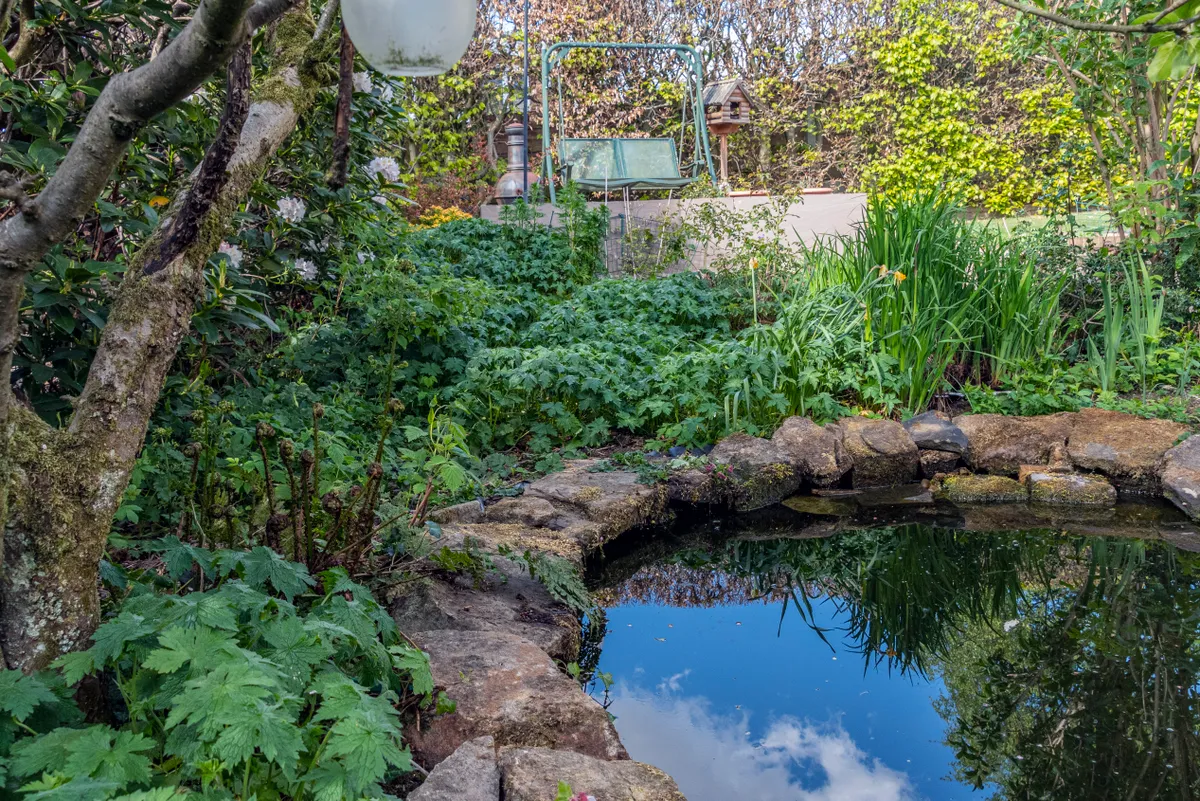In his suburban Buckinghamshire garden, André Schott has linked seven ponds with a snaking timber boardwalk to create an extraordinary water-meadow garden. Here he gives his advice on how to make the most of a wildlife pond.
Also read Lia Leendertz's piece on why we should all be building a pond in the garden.
How to make a wildlife pond
Consider location first
Don’t just position your pond right at the back of the garden or in a corner. A pond can be the main attraction in a garden, so place it somewhere it can be seen and admired.
Don't think too small

Think about how big you think your pond should be, and double it. Tiny ponds are harder to keep in balance and it’s trickier to create a stable ecosystem and provide a variety of habitats for wildlife. Remember that after adding in marginal plants, your pond will appear much smaller.
Design the shape of your pond with care

The edging should not stand out like a sore thumb: a water level that leaves one end exposed only makes the problem worse. Pond edges should be tucked away under soil or stones, and ideally covered with planting.
Introduce levels

This will help different types of wildlife and aquatic plants to thrive. The deepest point should be at least 60cm, and you should include shelves deep enough so that plant baskets can sit without being seen from above. Make sure you allow room for marginal plants to grow, while still leaving some open water.
Plants are key

They look good and help ponds to function correctly. Don’t add fish or introduce wildlife such as frogspawn from other ponds: a good pond will attract wildlife on its own. Consider the pond as part of your plant design and how the plants in and around the pond fit in with the rest of the plants in your garden. Include marginal plants, floating plants and oxygenating plants, avoiding invasive species. Just like in planting designs, consider repetition and depth: consider two ponds linked together with planting, or a pond with tubs sunk into the ground alongside.
Take a look at our list of the best plants for ponds.
For more information on aquatic plants visit the UK Aquatic Plant Society ukaps.org
For a slightly easier solution, why not check out our favourite raised ponds to add to your garden?





